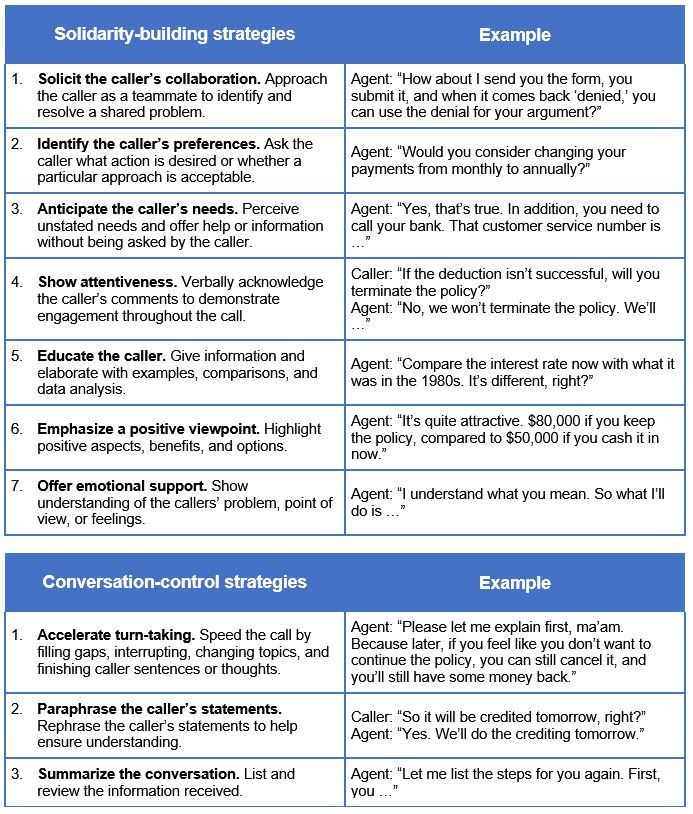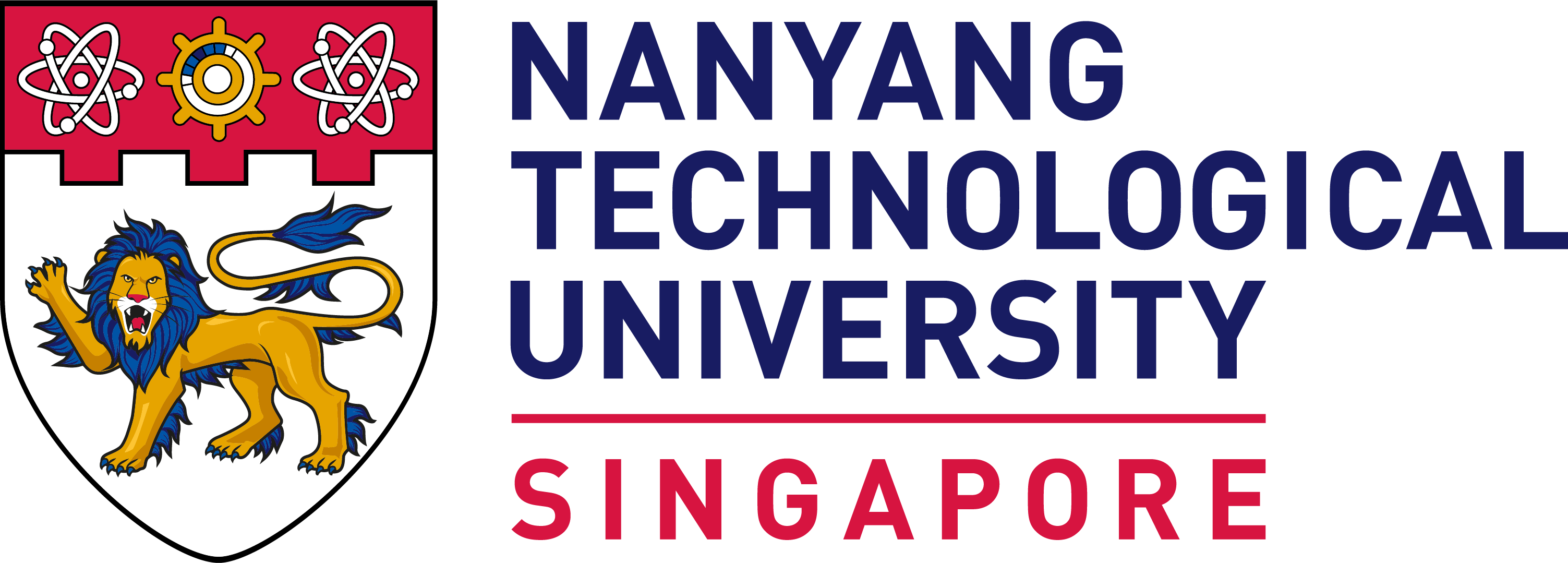10 Strategies Used by Successful Call Center Agents
Call centers are the most important customer contact point for many organizations, but problems abound. Customers too often hang up dissatisfied. Agents in these “white-collar sweatshops” face low pay and frustration, often causing them to burn out and quit.
The solution, according to an Academy of Management Discoveries article, is call center agents shifting from a “customer as king” to a “customer as partner” approach.
With the current approach, studies have shown that “less than two-thirds of customer service requests at call centers were successfully resolved. Research also shows that customers tend to express greater dissatisfaction with call center agents than with service agents they meet face-to-face,” according to “The Call Center Agent’s Performance Paradox: A Mixed-methods Study of Discourse Strategies and Paradox Resolution.”
“Apart from the high volume of calls and the repetitive and emotionally demanding nature of work, call center agents constantly have to grapple with competing demands in performing their jobs,” according to coauthors Colin MacKinnon Clark of the University of New South Wales, Mei Ling Tan and Ulrike M. Murfett of Nanyang Technological University, Priscilla S. Rogers of the University of Michigan, and Soon Ang of Nanyang Technological University.
“On the one hand, call center agents are expected to be courteous and to spend time understanding customers’ needs, which may necessitate lengthy calls. On the other hand, they are expected to resolve customers’ issues efficiently (end the call in the shortest time possible). Underlying these competing demands is a performance paradox between a focus on the customer (a relational focus on customer satisfaction), quantity (a transactional focus on call efficiency), and quality (a focus on the effectiveness of the resolution),” the authors wrote.
Ang said that even “a 15-minute conversation can be very challenging, because your attention is split between having a phone conversation, checking the computer for data, and looking at physical documents. At the same time, you may not understand what the customer is asking for, there may be cross-cultural disconnects. Despite the low pay and relative lower educational levels, the skillset that’s required of these agents is overwhelming.”
Agents are generally assessed against three key performance indicators (KPIs): courtesy, efficiency, and effectiveness, she said. These KPIs “are all pulling the agents apart, because if they’re going to be courteous, they tend to take a longer time on the call. If they want to be effective, they also take a longer time. But being efficient means making briefer calls, and cutting people off, which can be seen as being discourteous. And so on. All the while, they’re being evaluated on how long they take to solve problems,” Ang said. “But there are some agents who can hit these three competing KPIs. Those high-performing call center agents use solidarity-building strategies and conversation-control strategies.
Ang said the best way to envision moving from “customer as king” to “customer as partner” is to picture the agent and caller at a table.
“The best image to think about serving is to envision the agent sitting across the table from the caller and asking, ‘How can I help you?’ The image of solidarity-building is the agent pulling the chair around, sitting next to the caller and asking, ‘Exactly what problem are we trying to solve here?’ Rather than have a ping-pong conversation, the caller and agent are on the same doubles tennis team,” she explained.
The authors analyzed calls at a large Singapore financial services company with 26 agents and one manager. The center handles about 500 calls daily, ranging from simple information requests to complex, and sometimes tense, discussions about financial product yields, insurance policy coverage, and service problems. The authors asked the manager to choose a total of 75 calls from three agents—25 calls each from the best, the worst, and an average performer, recorded over a week. Each call averaged 2.62 minutes in length. The authors analyzed those calls to categorize strategies that the agents used. Researchers then sampled calls from each of the 26 agents for six weeks. Finally, the researchers listened to a total of 1,560 calls, and chose to focus on 289 calls over a year that “agents perceived as stressful due to customer aggression or ambiguity. We focused on stressful calls because such calls increase the likelihood of task errors, yield greater performance variation, and require more skill to resolve.”
The researchers found that agents who used all 10 of these strategies together were most successful in terms of the KPIs of courtesy, efficiency, and effectiveness:

The authors wrote that “65% of the calls in our sample achieved courtesy, efficiency, and effectiveness simultaneously, compared to 35% of the calls that were low in at least one of the three KPIs. The difference between calls that achieved all three KPIs versus those that did not, hinge on whether agents used both solidarity-building and conversation-control strategies to resolve the calls.”
“We suggest that service employees receive training … for meeting customers’ requests in a courteous, efficient, and effective manner. … For example, in a study in 2010, community physicians underwent an intervention that taught them discussion strategies to convey collaboration—rather than interrogation—in their encounters with patients. … After a three-hour training, physicians significantly improved their discussion strategies,” the authors wrote. “A similar approach could be adopted to train customer service providers.”
In an Academy of Management Discoveries commentary, the Texas A&M International University wife-and-husband team of Jacqueline Mayfield and Milton Mayfield, wrote that “What the authors discovered builds a foundation for improving employee call center performance—a cornerstone of the modern service industry.
“Why should organizations care?” Mayfield and Mayfield wrote. “This article shines a light on explicit communication skills—which can be enhanced through effective training—and their links with call center performance.”
Source: AOM Insights, 28 June 2019

